The Ultimate Guide to RV Storage
The Ultimate Guide to RV Storage: Essential Tips for Every Climate
Storing your RV safely during the off-season is crucial for its longevity and performance. But with North America’s diverse climate zones—ranging from the icy cold in the North to the humid coastal areas in the South—RV storage needs can vary widely. This guide offers essential tips to help you store your RV in any climate, so it stays in top shape and is ready for the road when you are.
Why Proper RV Storage Matters
RVs are an investment that can bring years of enjoyment, but exposure to extreme temperatures, humidity, and prolonged sunlight can cause significant wear. Proper storage protects your RV from the elements, prevents interior damage, and helps avoid costly repairs due to mold, rodents, or weather-related issues.
Types of RV Storage Options Across North America
Depending on your location, the best storage options vary. Here’s an overview of different types of RV storage options:
Indoor Heated Storage
Best For: Northern regions with heavy snowfall and extreme cold.
Benefits: Heated storage protects against freezing temperatures, which can damage plumbing, batteries, and tires. It also offers protection from snow and ice buildup on your RV’s exterior.
Covered Storage
Best For: Regions with frequent rain, sun exposure, and mild winters.
Benefits: A covered space shields your RV from sun damage and reduces exposure to rain, preventing rust and fading. This option is also more budget-friendly than fully enclosed storage.
Outdoor Storage
Best For: Dry, mild climates or those seeking a cost-effective option.
Benefits: Outdoor storage is often the most affordable choice but offers limited protection from the elements. In harsher climates, you may need additional protective measures, like a high-quality RV cover.
Preparing Your RV for Storage in Different Climates
Cold and Snowy Regions
In northern states and Canadian provinces, winter temperatures can be brutal. Here’s how to prepare your RV for storage in cold climates:
- Drain All Water Systems: Remove water from the pipes, tanks, and water heater to prevent freezing. Consider adding RV antifreeze to the plumbing system for extra protection.
- Use a Moisture Absorber: To prevent mold and mildew, place moisture absorbers in your RV’s interior.
- Battery Care: Remove your RV battery and store it in a warm, dry place. Cold weather can drain the battery quickly, so check its charge every month.
- Tire Protection: Inflate tires to the recommended PSI, and park on wooden planks or tire blocks to prevent flat spots and cracking.
Hot and Arid Regions
For RV owners in the Southwest and other dry, sunny areas, the main challenges are UV exposure and dry air. Here’s how to keep your RV safe:
Cover Windows and Tires: Use tire covers and close all window blinds or shades to protect against sun damage.
Check Seals and Caulking: The dry air can cause rubber seals to crack. Inspect and replace any worn or damaged seals.
Use a High-Quality Cover: A breathable RV cover can help protect the exterior from UV rays and reduce the risk of fading.
Humid and Coastal Areas
In regions with high humidity, salt air, or frequent rainfall, moisture and rust prevention are key concerns. Here are steps to prepare:
Apply a Protective Coating: Consider applying a rust-resistant coating to metal components, especially if you’re near the coast.
Ventilation: Open the roof vents slightly and use vent covers to allow airflow, which helps reduce mold and mildew buildup.
Use Desiccants: Place moisture-absorbing products throughout the interior to prevent musty odors and mildew. Be sure to replace these regularly.
Inspect for Leaks: Water intrusion can be common in humid climates, so inspect all seals, especially around windows, doors, and the roof.
Additional Tips for Long-Term RV Storage
Regardless of where you’re storing your RV, these additional tips can help protect your investment:
Clean Thoroughly: Remove any food and clean the interior to avoid attracting pests. Wipe down all surfaces, especially in the kitchen and bathroom.
Rodent Prevention: Seal any openings where rodents could enter, such as around pipes and vents. You can also place rodent repellents in storage areas.
Disconnect Appliances: Turn off propane tanks, and unplug appliances to avoid battery drain. Disconnect the main power to prevent any potential electrical issues.
Check on Your RV Periodically: If possible, inspect your RV periodically to ensure no leaks, tire issues, or rodent activity has developed.
Frequently Asked Questions About RV Storage
- Do I need to winterize my RV if I’m storing it in a heated indoor facility?
Even in a heated facility, it’s wise to drain water systems and keep a close eye on your RV’s plumbing to avoid potential issues. - Can I use my RV cover for all climates?
Yes, but ensure it’s a breathable, weather-resistant cover. Covers made from materials suited to your climate (e.g., UV-resistant for sunny areas, moisture-resistant for humid regions) provide the best protection. - Should I keep my tires off the ground during long-term storage?
Parking on wooden or plastic blocks helps prevent flat spots and rot, especially if the storage area is damp or extremely cold.
Final Thoughts on RV Storage
Proper storage practices can make a huge difference in the long-term condition of your RV. By choosing the right storage method for your climate and taking the time to prepare, you’ll keep your RV safe from environmental hazards and ready for new adventures when the season begins.
No matter where you are in North America, these tips provide a solid foundation for storing your RV securely and effectively. Happy storing, and here’s to many future travels!
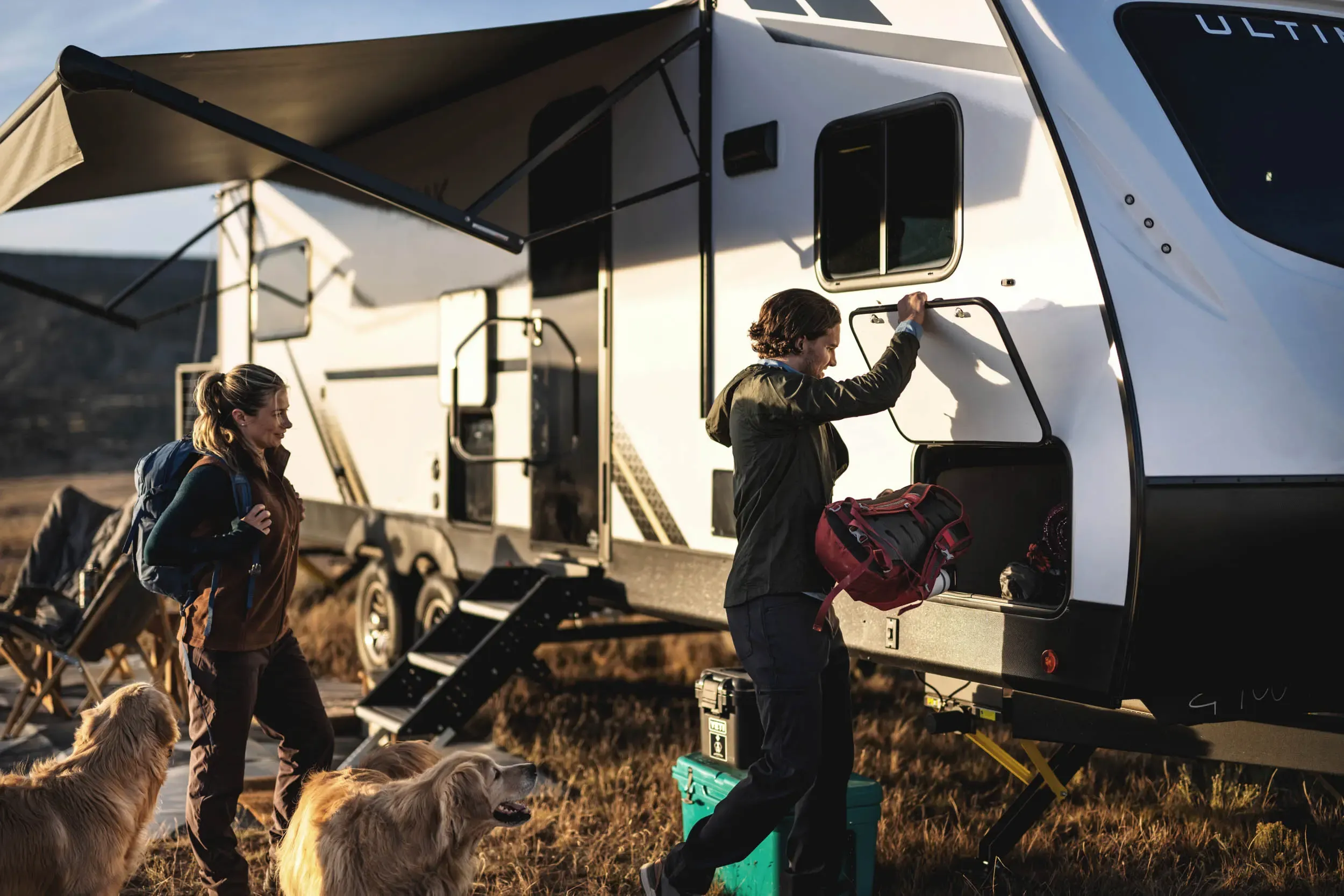
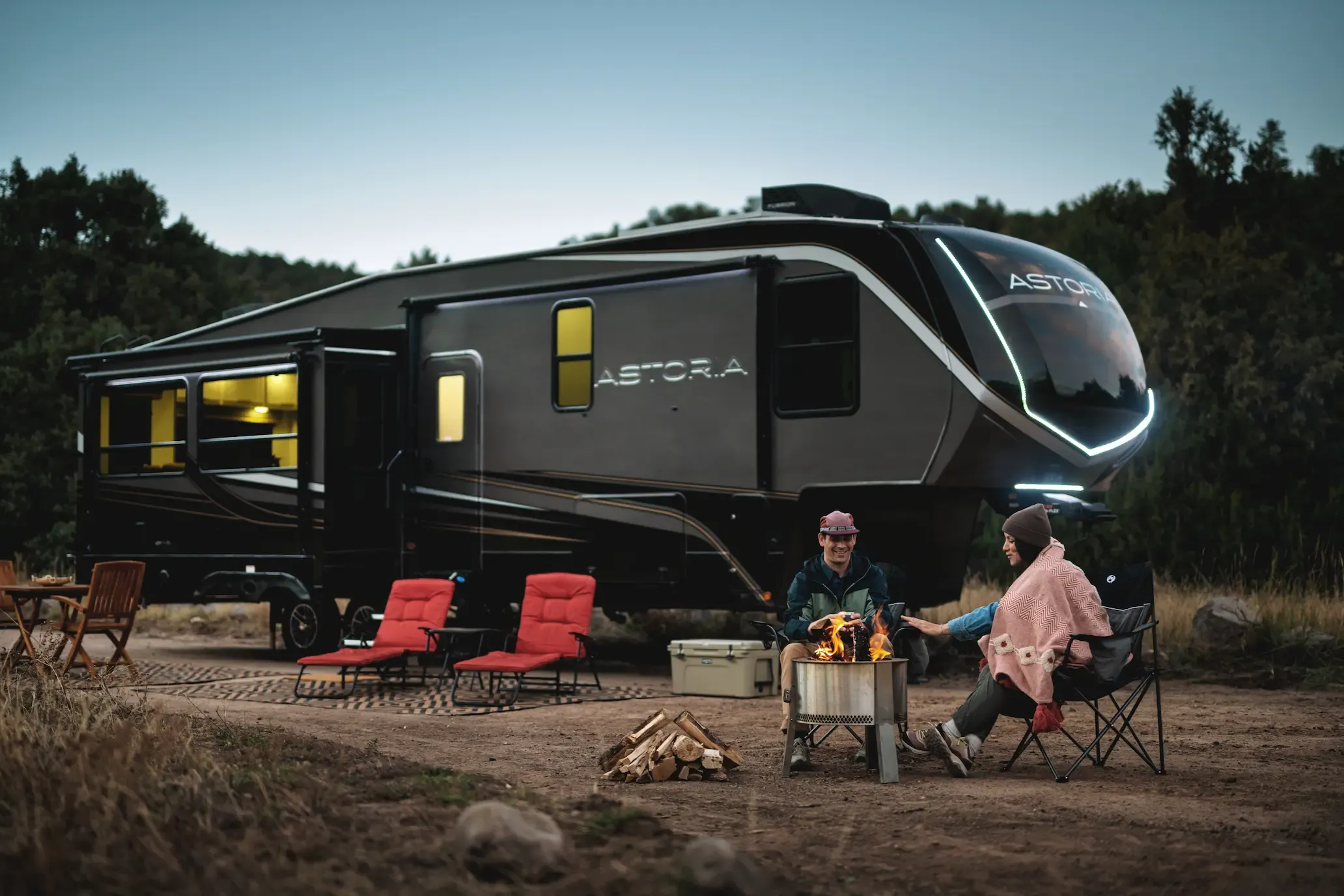
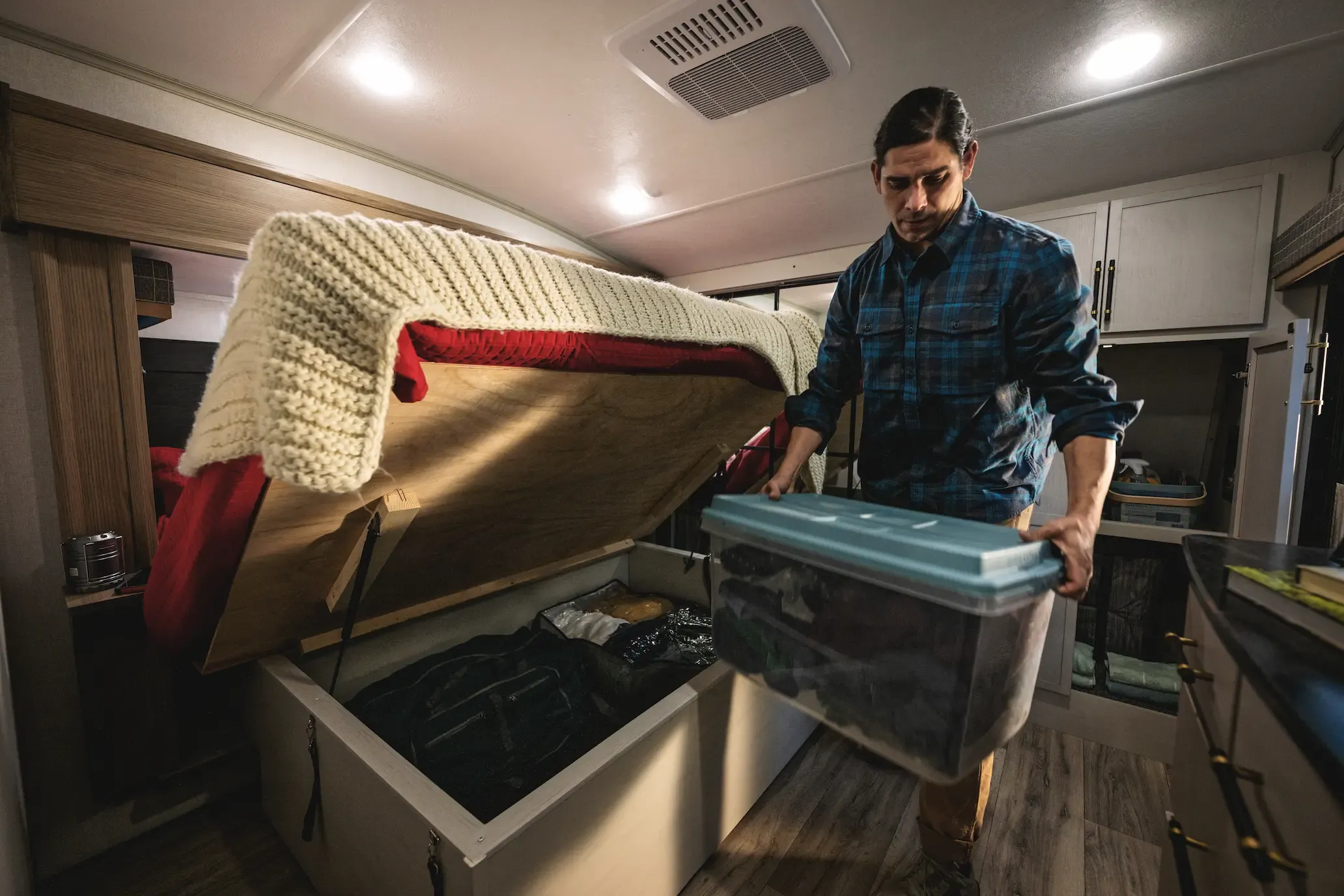
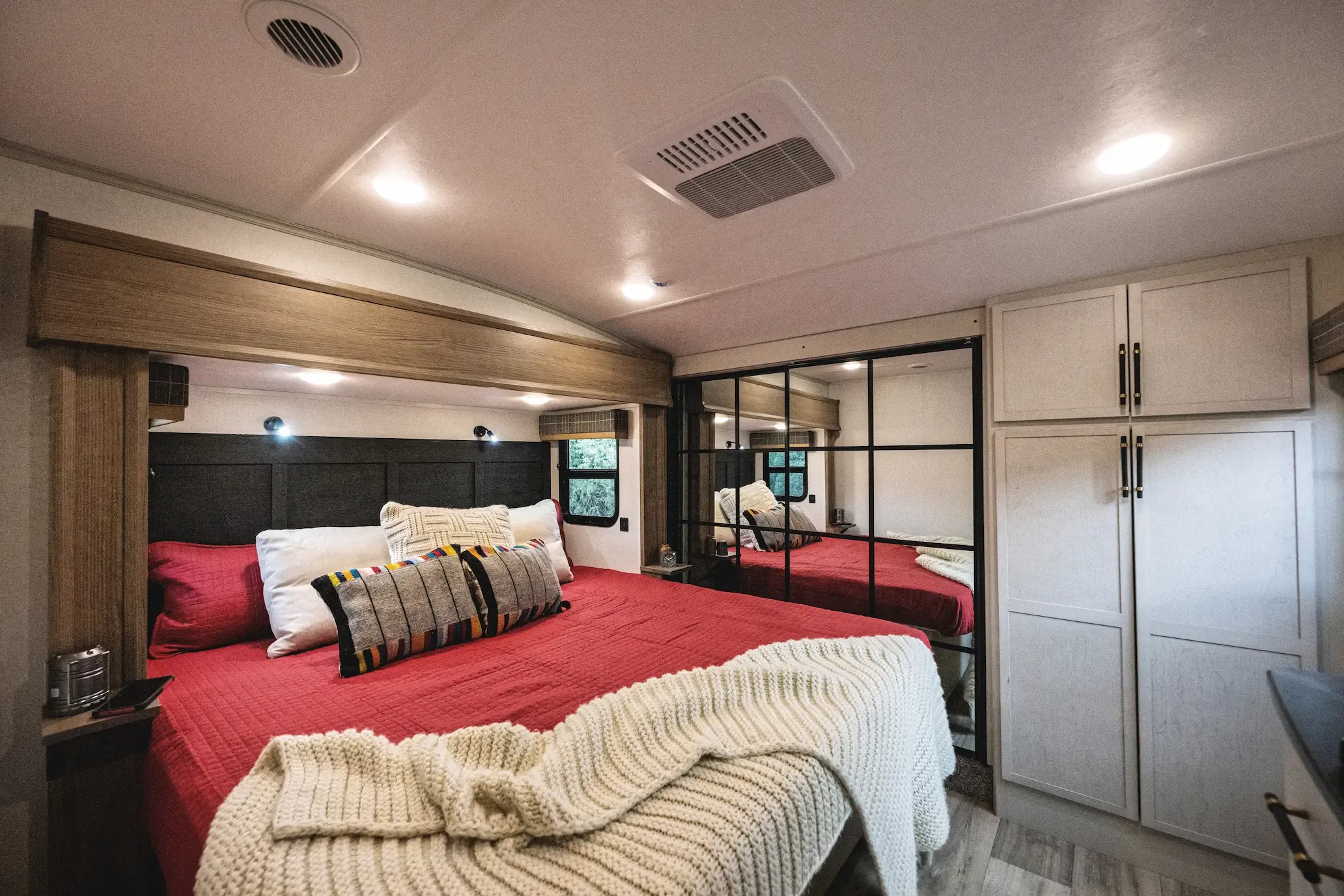
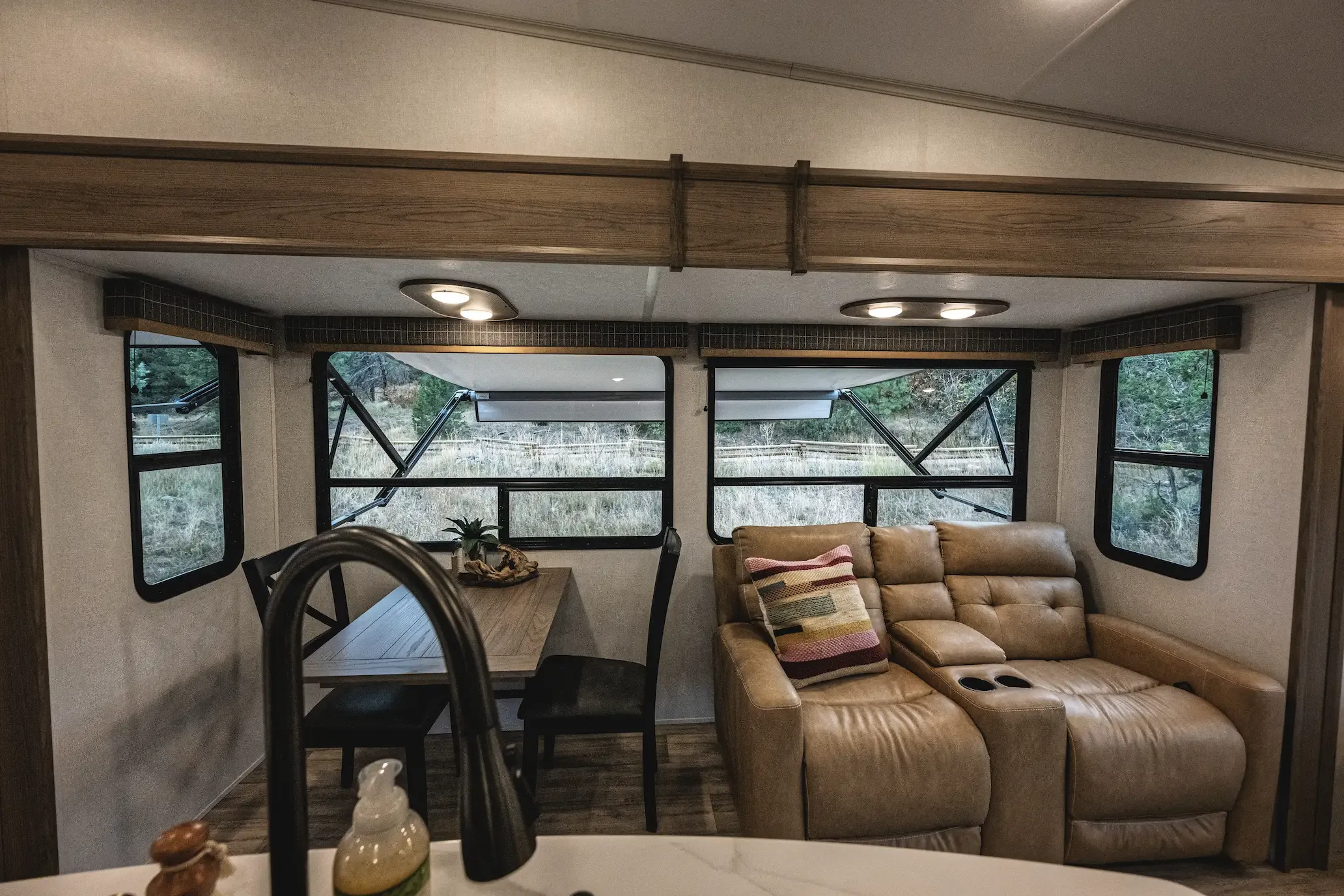
.webp)
.webp)
.webp)